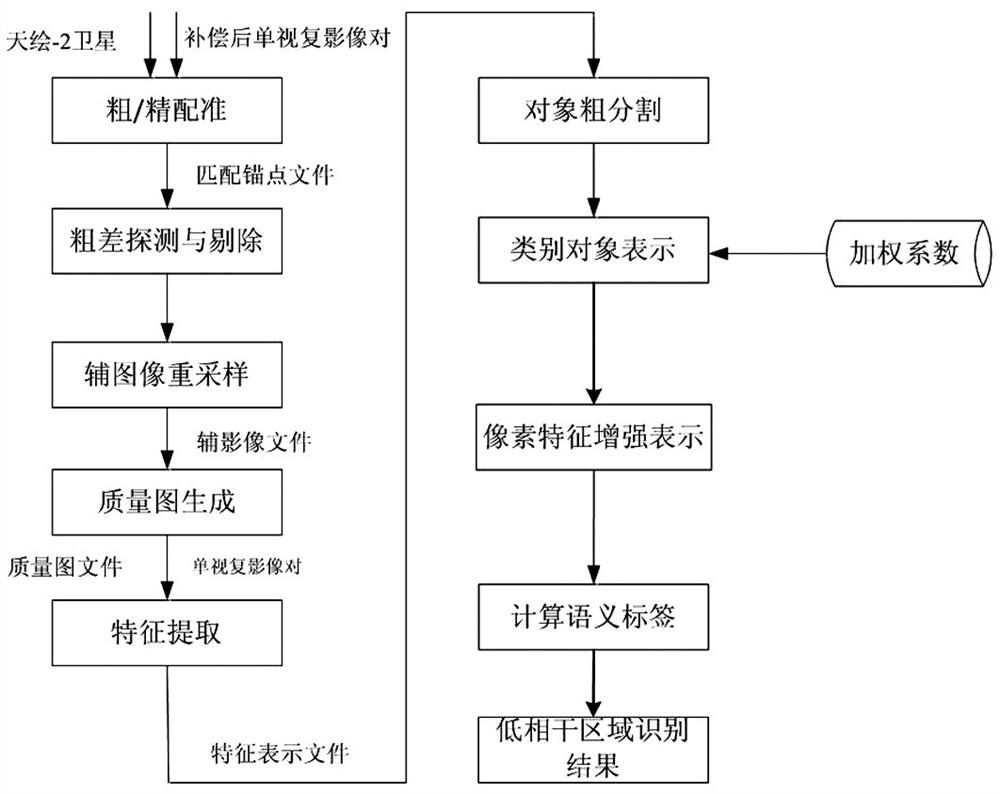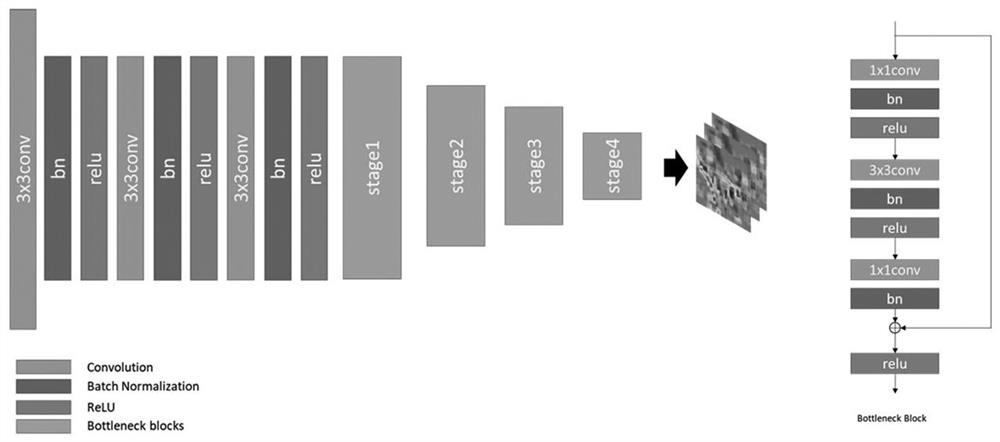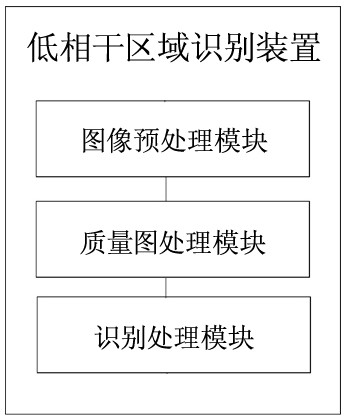Satellite image low-coherence region identification method and device based on deep learning
A technology for region recognition and satellite imagery, applied in the field of satellite image processing, can solve the problems of limited samples, difficulty, and increase in low-coherence region recognition, and achieve the effect of alleviating the recognition effect and reducing dependence.
- Summary
- Abstract
- Description
- Claims
- Application Information
AI Technical Summary
Problems solved by technology
Method used
Image
Examples
Embodiment 1
[0040]The method for identifying low-coherence regions of satellite images based on deep learning described in this embodiment, such as figure 1 As shown, it includes the following specific steps: Step 1, sub-pixel level registration; align two InSAR single-view complex image pairs through the measure function, and obtain a set of matching points;
[0041] Step 2, Gross error detection and elimination; Eliminate the mismatching points in the matching point set obtained in step 1;
[0042] Step 3, auxiliary image resampling; according to the matching point set obtained in step 2 after elimination, polynomial fitting is performed on the registration offset between the main image and the auxiliary image, a polynomial registration model is established, and the auxiliary image The image is resampled;
[0043] Step 4, quality map generation; Generate a correlation coefficient matrix, i.e. a quality map, according to the main image and the auxiliary image;
[0044] Step 5, extracti...
Embodiment 2
[0084] In another embodiment of the present disclosure, the satellite image low-coherence area identification device based on deep learning, such as image 3 As shown, it includes image preprocessing module, quality image processing module and recognition processing module.
[0085] The image preprocessing module is used to align the SAR images through the measurement function to obtain a set of matching points; eliminate the false matching points in the set of matching points; perform polynomial simulation on the registration offset between the main image and the auxiliary image Combined, a polynomial registration model is established, and the auxiliary image is resampled.
[0086] The quality map processing module is used to generate a correlation coefficient matrix according to the main image and the auxiliary image, that is, the quality map; then use a multi-layer stacked convolutional neural network to extract image features in a data-driven manner to obtain an image feat...
Embodiment 3
[0089] According to another specific embodiment of the present disclosure, the electronic device for identifying low-coherence areas of satellite images based on deep learning includes a memory and a processor; the memory is used to store computer programs; the processor is used to execute the computer During the program, the computer is made to execute the deep learning-based satellite image low-coherence area identification method described in the first embodiment above, and the specific identification steps are the same as those in the first embodiment above, and will not be repeated here.
PUM
 Login to View More
Login to View More Abstract
Description
Claims
Application Information
 Login to View More
Login to View More - R&D
- Intellectual Property
- Life Sciences
- Materials
- Tech Scout
- Unparalleled Data Quality
- Higher Quality Content
- 60% Fewer Hallucinations
Browse by: Latest US Patents, China's latest patents, Technical Efficacy Thesaurus, Application Domain, Technology Topic, Popular Technical Reports.
© 2025 PatSnap. All rights reserved.Legal|Privacy policy|Modern Slavery Act Transparency Statement|Sitemap|About US| Contact US: help@patsnap.com



